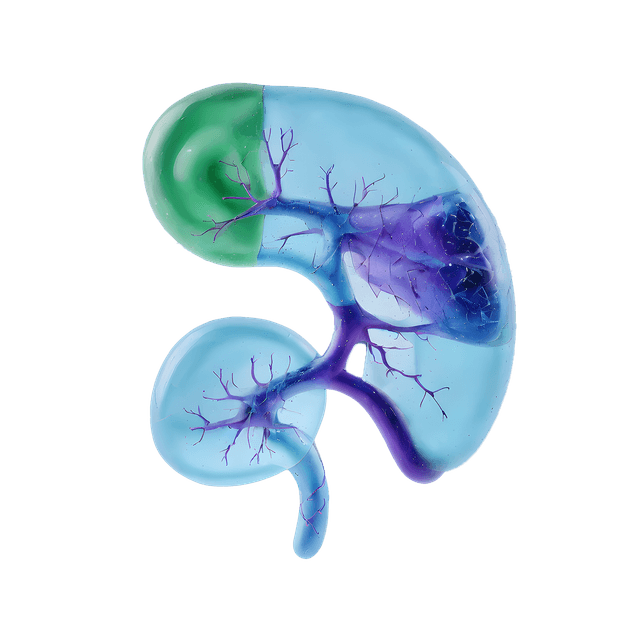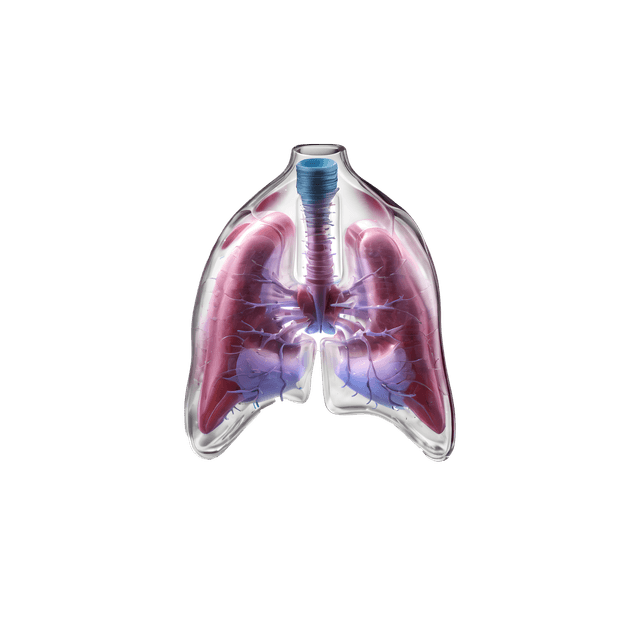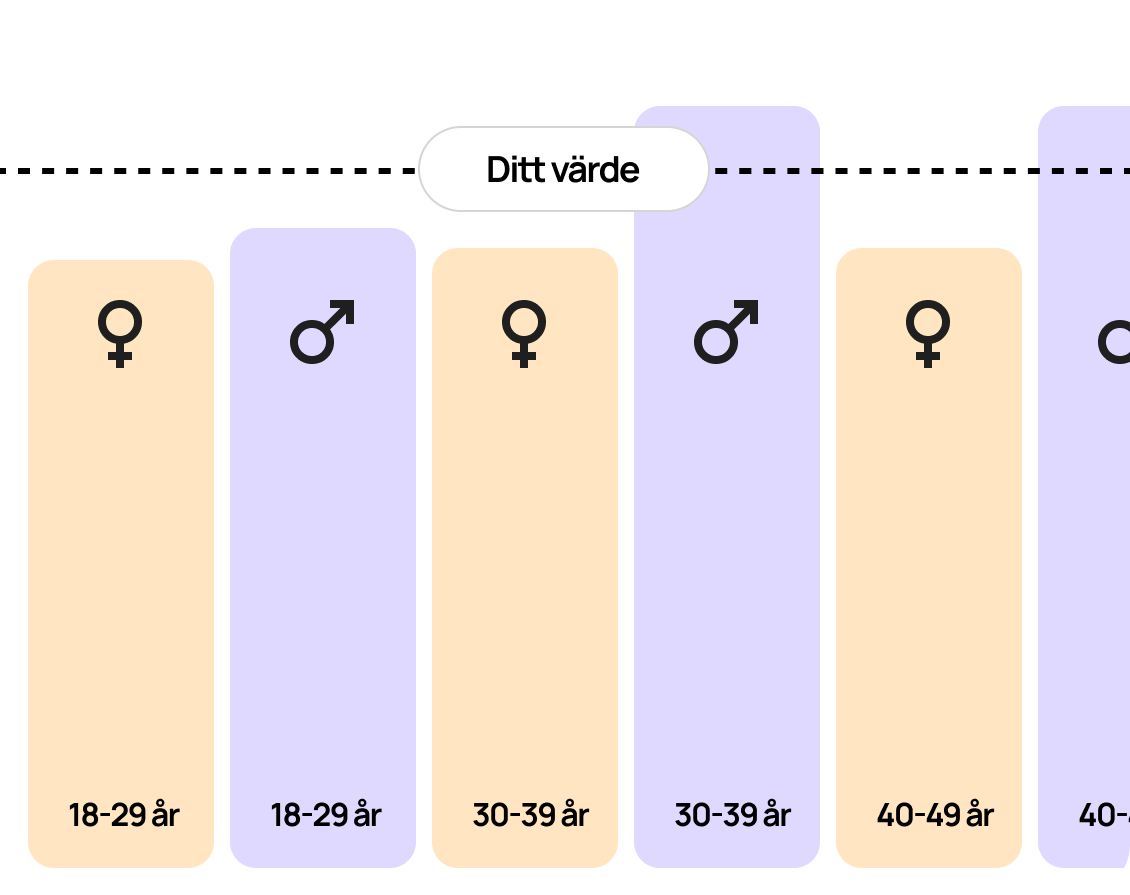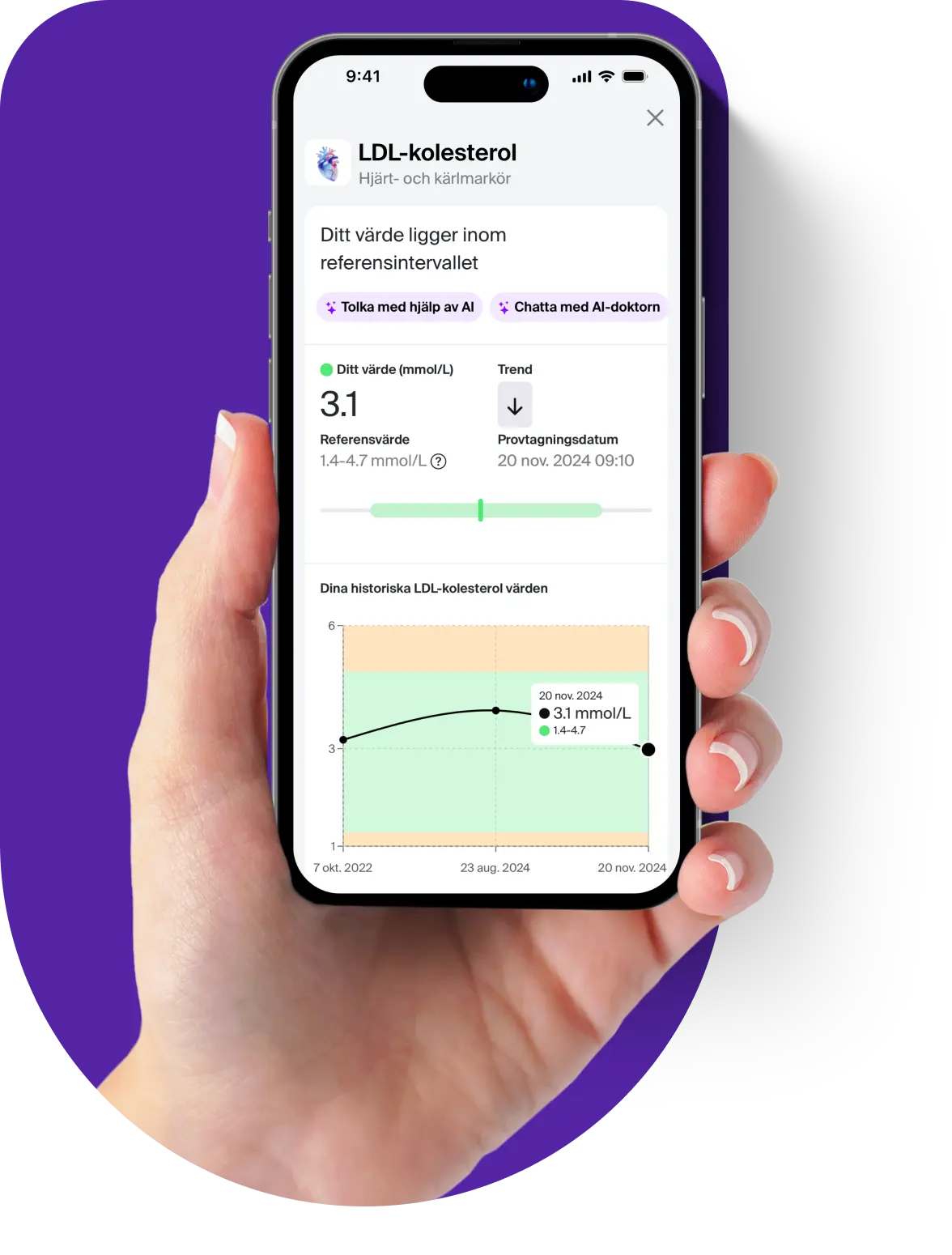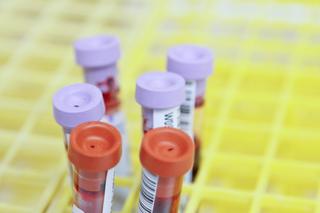Order a blood test for triglycerides – get a handle on your blood lipids
Triglycerides are a form of fat (lipid) found in the blood and serve as the body's main energy reserve. They are formed when excess energy from food – especially carbohydrates and fat – is converted into fat that is stored in adipose tissue. Between meals, triglycerides are broken down to provide the body with energy.
Triglycerides are transported in the blood bound to lipoproteins (mainly VLDL and chylomicrons). At elevated levels, these particles can contribute to fat being stored in the walls of blood vessels, which in the long term increases the risk of hardening of the arteries (atherosclerosis), cardiovascular disease and in some cases also non-alcoholic fatty liver disease (NAFLD).
Why test triglycerides?
Measuring triglycerides is an important part of a lipid profile (blood fat analysis) and is used to assess the risk of cardiovascular disease and to detect disorders in the body's fat metabolism. A blood test for triglycerides can provide important information about:
- Heart and blood vessels: Elevated triglycerides are linked to an increased risk of heart attack, stroke and metabolic syndrome – especially when combined with high LDL cholesterol or low HDL.
- Liver health: High levels can be a sign of non-alcoholic fatty liver disease (NAFLD), which is common in people who are overweight or insulin resistant.
- Insulin resistance and diabetes: Elevated triglycerides are often a result of reduced insulin sensitivity and are therefore often seen in type 2 diabetes.
- The effect of lifestyle changes: Regular measurements can show how diet, exercise, alcohol intake or weight changes affect your blood fats.
Interpreting triglyceride levels
Triglyceride levels are given in mmol/L and should be interpreted in combination with other blood fats such as cholesterol, LDL and HDL.
- < 1.7 mmol/L – Normal value, low risk of cardiovascular disease.
- 1.7–2.2 mmol/L – Slightly elevated, may indicate unfavorable lifestyle habits or incipient disorders in fat metabolism.
- 2.3–5.6 mmol/L – Moderately elevated, increased risk of cardiovascular disease. At these levels, diet, alcohol intake and weight should be reviewed.
- > 5.6 mmol/L – Severely elevated, risk of pancreatitis (pancreatitis) and serious lipid disorders. Medical follow-up is recommended.
Causes of elevated triglycerides
- Overweight and obesity – especially abdominal obesity, which is often linked to insulin resistance.
- High intake of sugar, alcohol and fast carbohydrates – increases the liver's production of triglycerides.
- Type 2 diabetes – poor blood sugar control raises triglyceride levels.
- Hypothyroidism (underactive thyroid gland) – can contribute to elevated blood fats.
- Kidney or liver disease – affects fat metabolism.
- Medications – for example, cortisone, birth control pills, beta-blockers or diuretics can raise values.
- Genetic causes – hereditary conditions as familial hypertriglyceridemia or combined hyperlipidemia give very high values.
Causes of low triglycerides
- Malnutrition or too low fat consumption.
- Hyperthyroidism (overactive thyroid) – increases fat burning.
- Malabsorption – reduced ability to absorb fat in the intestine.
- Prolonged fasting or strict diets with very low energy intake.
How can elevated triglycerides be lowered?
Lifestyle changes are usually the first step in mild to moderately elevated levels:
- Limit sugar and fast carbohydrates.
- Reduce alcohol intake.
- Increase physical activity and lose weight if overweight.
- Eat more unsaturated fats (e.g. olive oil, nuts, fish) and less saturated fat.
- Check blood sugar and thyroid function if an underlying disorder is suspected.
In the case of significantly elevated levels, drug treatment may be appropriate, for example fibrates or omega-3 preparations under medical supervision.

















